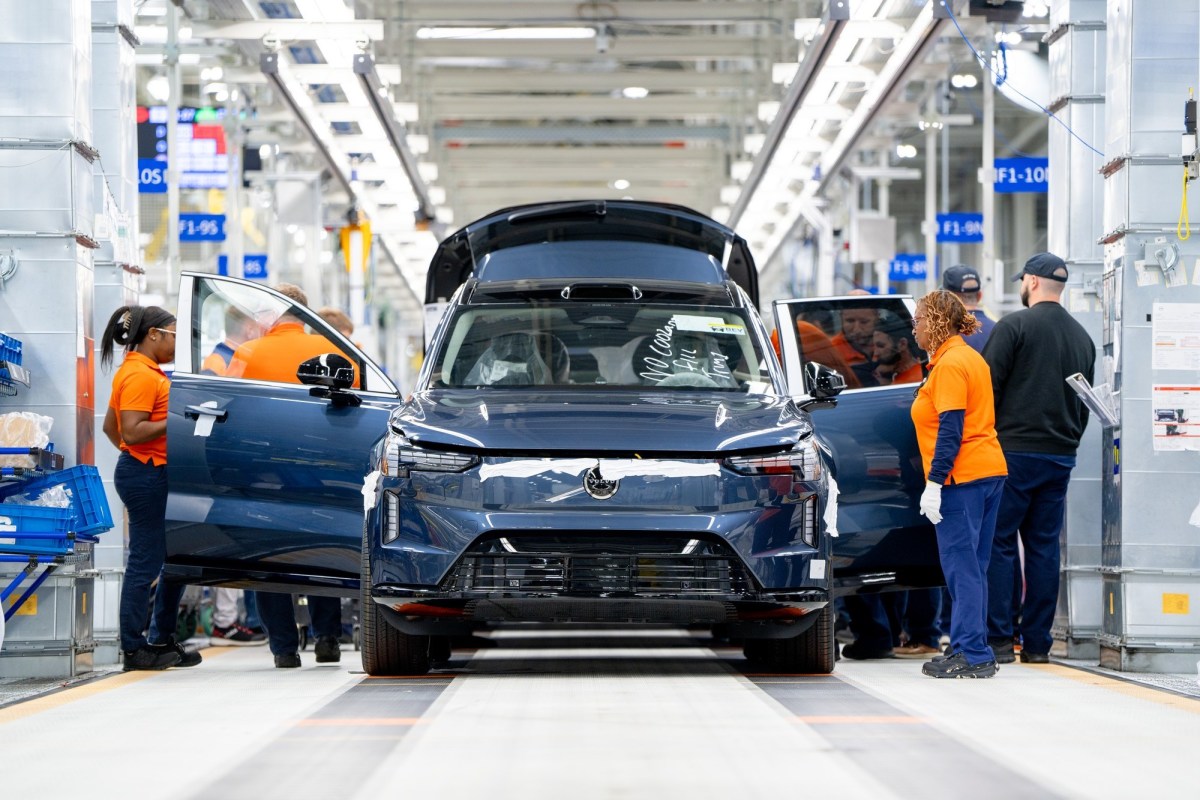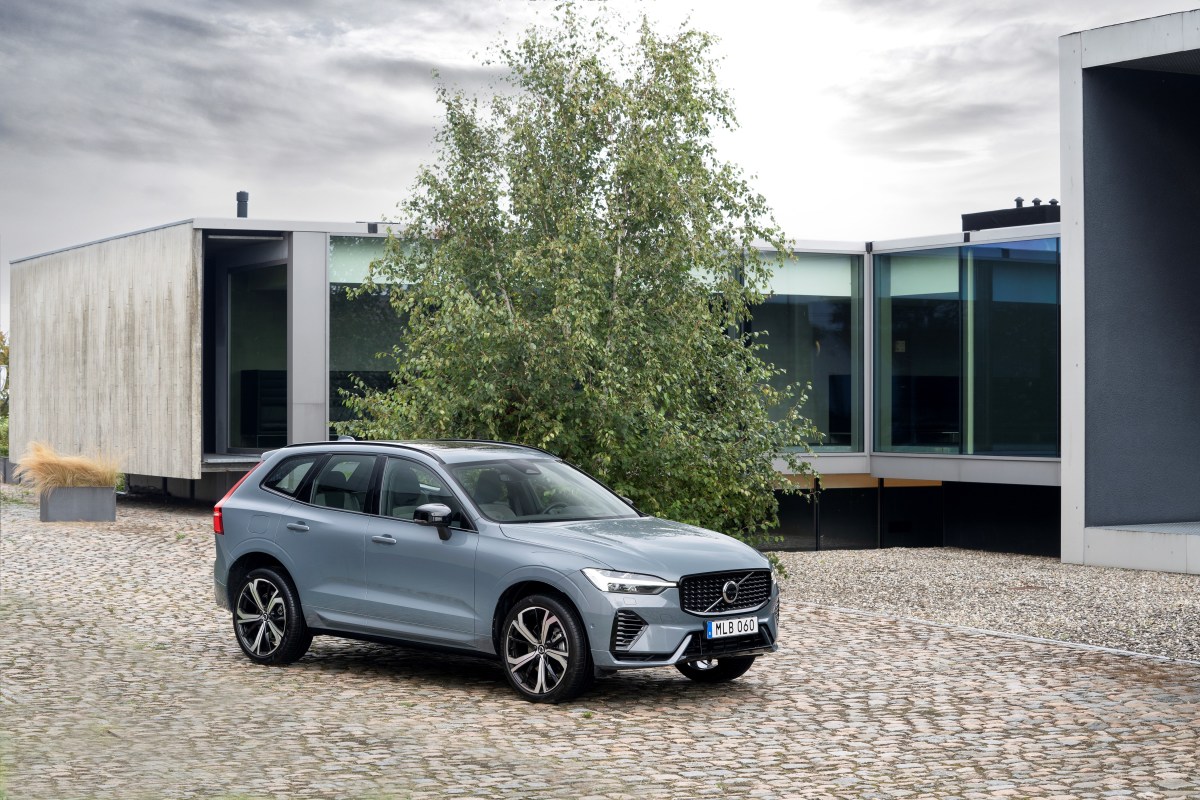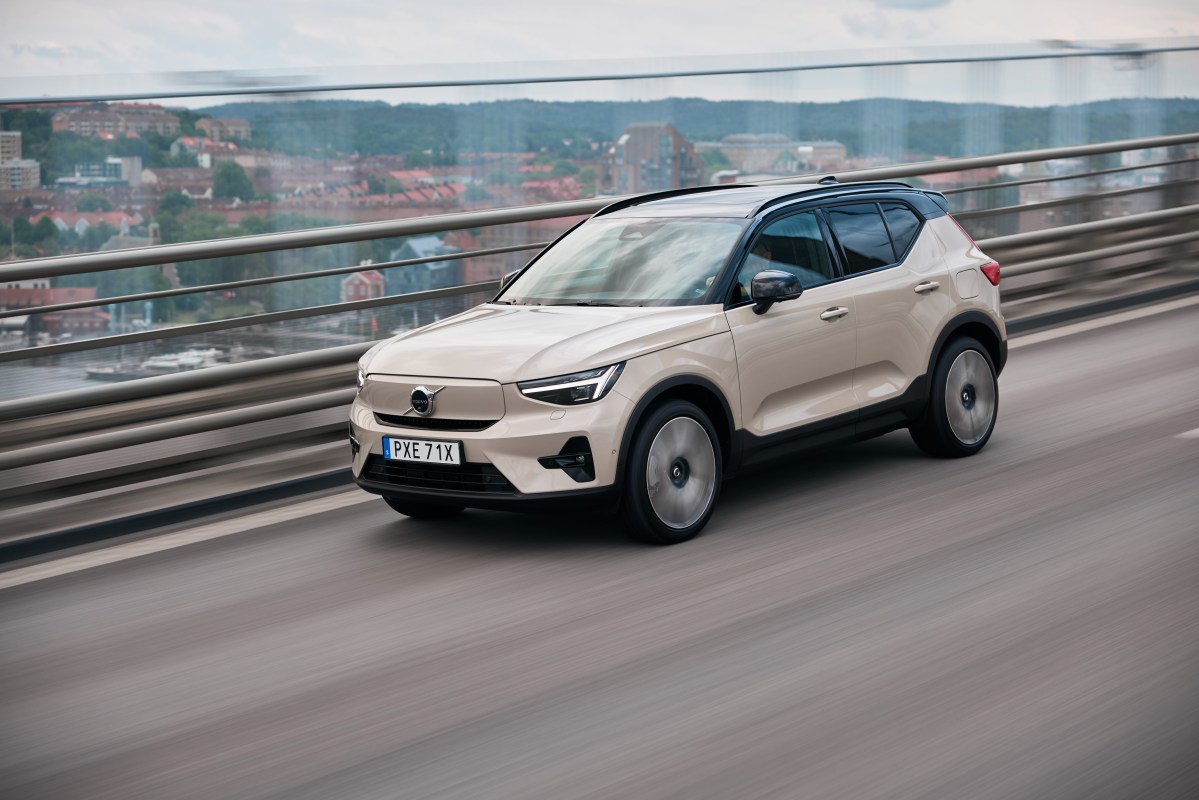Aims For 60% Growth By 2030
Volvo has been a fixture in the United States for decades, but more because of the distinctiveness of its cars and its obsession with safety than because of high sales numbers. The automaker's new U.S. boss hopes to change that, or at least, to bring Volvo in line with other luxury brands.
After four months as Volvo Cars Americas President, Luis Rezende announced at a media event this week a goal of boosting Volvo's U.S. sales from the 125,243 vehicles it sold last year to 200,000 by 2030. That's an increase of about 60%, and would match the current sales volume of Audi in the U.S., Automotive News noted.
But How Will It Get There?

Rezende believes Volvo can achieve that ambitious growth with some building blocks that are already in place, including increased U.S. production and a crossover-heavy lineup, as well as a state-by state approach to supply, incentives and marketing, according to Automotive News.
"We don't see the U.S. as one country; we see the U.S. as 50 different countries," Rezende said in an interview with the trade publication. That strategy is yet to be fully implemented, but Volvo has already made moves in other areas.
To counter the Trump Administration's new 15% tariff, Volvo plans to move more production to its plant near Charleston, South Carolina. That plant currently builds the Volvo EX90 and Polestar 3 SUVs, but will add the higher-volume Volvo XC60 in 2026 and, according to Automotive News, a next-generation XC90 in October 2028.
Product Changes

Volvo
Volvo is also trimming its lineup of the wagons that once defined the brand, as well as sedans, in favor of more popular crossovers. With the V90 Cross Country leaving production, the V60 Cross Country is the only non-crossover in Volvo's U.S. lineup. But that's in keeping with consumer preferences, Rezende emphasized.
"The customers will be the ones who decide what they want to buy from us," he said. "Not us telling them what they need to buy."
Before it began pruning its lineup of wagons and sedans, Volvo already indicated that it would back away from a plan to go all-electric by 2030, one that was never popular with its U.S. dealers. EVs are still a big part of the plan, but so are plug-in hybrids, one of which might even be a minivan.
Strong Headwinds

Much of this plan, however, merely serves to counteract the bad hand that Volvo has been dealt. The Trump tariffs and the discontinuation of the $7,500 federal EV tax credit are going to make life particularly hard for a European automaker with an EV-heavy lineup for the next few years. Adding U.S. production and more models with gasoline engines could be important tools to maintain market share in that environment, but may not be enough to get ahead.
Dealers interviewed by Automotive News were also skeptical about how much additional demand there will actually be for Volvo in the U.S. One noted that it's still viewed by many as a "yuppie, New England, liberal car brand," and that's borne out by regionally skewed sales data. Volvo has 5.5% of the luxury car market nationwide, but just 2.5%-3% in California and Texas—two of the biggest car-buying states. So Volvo either has room to grow, or its about to slam into a demand ceiling.
from Autoblog News https://ift.tt/jcnpmrw



0 Comments